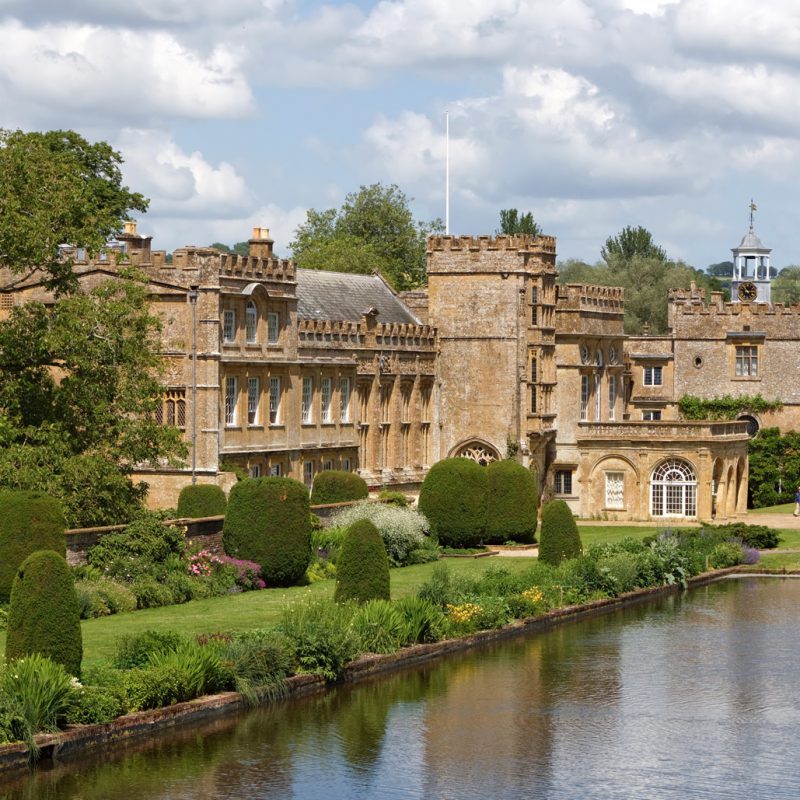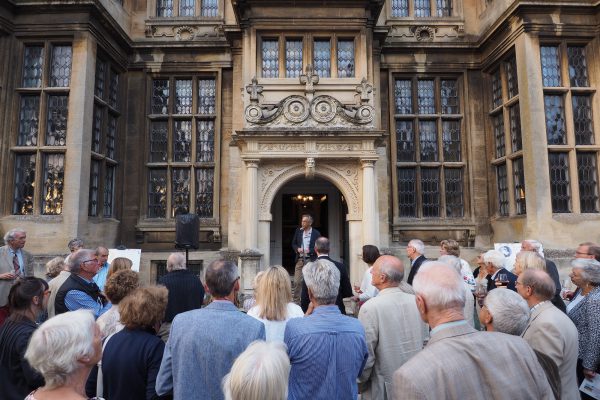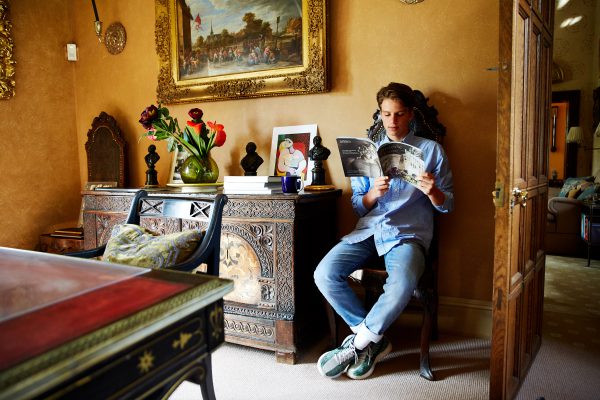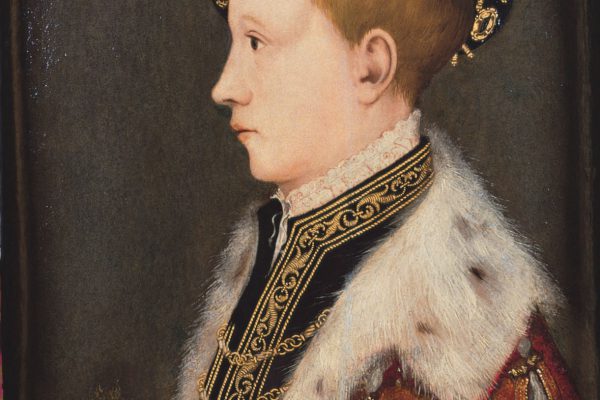The Crooked House
The inspiration behind the famous nursery rhyme.
7 High St, Lavenham, Sudbury CO10 9PR
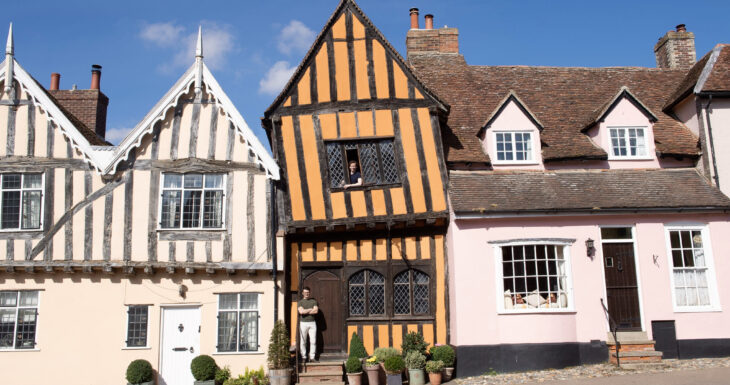
600 years of History
Built in 1395, The Crooked House in Lavenham, Suffolk, has a remarkable 600-year story to tell.
Originally part of a large medieval Hall House, The Crooked House was built for a 14th-century wool merchant, when little Lavenham was England’s richest wool town. The wonderfully wonky home you see today is a symbol of the ups and downs of Lavenham’s fortunes, from prosperity to poverty and back again…
Rags make Riches
The story of The Crooked House begins in the 14th century, when the little village of Lavenham was becoming England’s richest wool town. Thanks to the presence of natural springs and a skilled labour force of dyers and weavers, Lavenham was a leader in England’s wool trade, producing its popular ‘Lavenham Blue’ cloth.
The wool merchant owner of The Crooked House would have produced Lavenham Blue at home in his weavers’ workshop and traded it across the world – as far away as Egypt and Russia. The result was a rich community, with the tiny village of Lavenham paying more in tax than the cities of Lincoln and York.
With such wealth in Lavenham, the village played host to numerous royal visits. In 1487, King Henry VII visited and fined the village’s residents for displaying “too much wealth”. In 1578, The Crooked House would likely have greeted Queen Elizabeth I on her Royal Progress of East Anglia, a grand tour complete with pageants, processions, feasts and banquets. Lavenham was the estate of the Queen’s court favourite, Edward de Vere, 17th Earl of Oxford. Famed for his patronage of the arts and himself a poet and playwright, some believe the talented Earl of Oxford was the real author of works attributed to William Shakespeare.
Preserved by Poverty
The miraculous 600-year survival of The Crooked House and so much of medieval Lavenham is due to a dramatic decline in the village’s fortunes. As weavers of more fashionable cloth moved to nearby Colchester and Norwich, once rich Lavenham became poor and its residents unable to keep up with the latest architectural styles. Throughout the 17th, 18th and 19th centuries, few could afford smart new houses and so the old medieval buildings remained. The result today is Britain’s best-preserved medieval village – an enchantingly picturesque place.
Creativity and Culture
Lavenham has always been a creative and cultural hub – from weaving and dyeing to poetry and painting. The old English nursery rhyme ‘There was a Crooked Man’ is said be to have been inspired by The Crooked House and the 18th century poet Jane Taylor wrote ‘Twinkle, Twinkle, Little Star’ in the village. The artist John Constable went to school in Lavenham and, more recently, the village was the location for John Lennon’s film ‘Apotheosis’ and for ‘Godric’s Hollow’ in the Harry Potter films.
Today, Lavenham is once again a prosperous place and thriving community. At its heart, The Crooked House stands proud – home to the Crooked Men, whose award-winning immersive experiences share the 600-year story of this magical place with everyone.
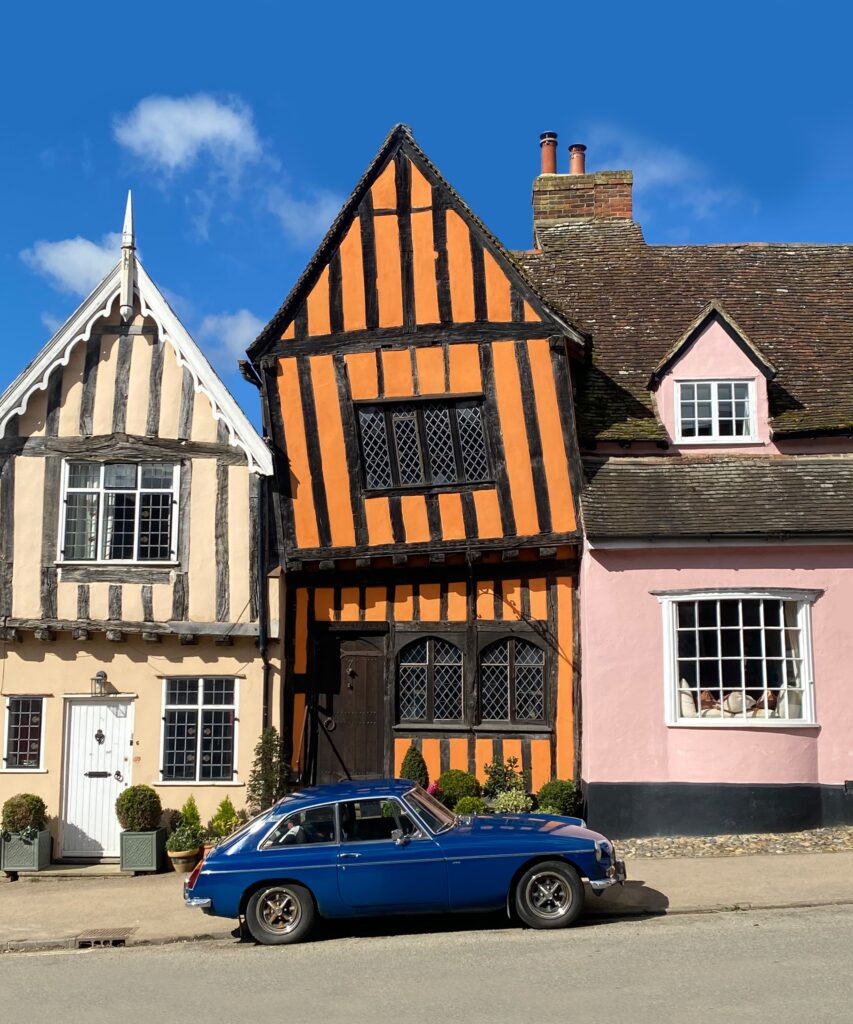
The stories that have shaped our houses
Become a Historic Houses member
Explore the nation’s heritage from just £68 per year.
Hundreds of the most beautiful historic houses, castles, and gardens across Britain offer our members free entry.
Also: receive a quarterly magazine, enjoy monthly online lectures, get exclusive invitations to buy tickets for behind-the-scenes tours, and take up a range of special offers on holidays, books, and other products you might like.
